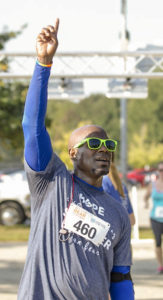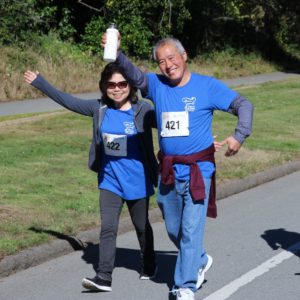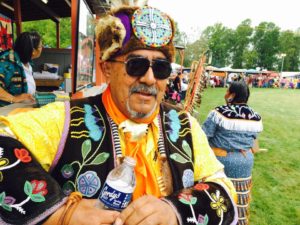We know colorectal cancer affects men and women equally and impacts people of all nationalities and ethnic groups. But not all are impacted the same.
African Americans

Since the early 1990s, Black individuals have had higher incidence of and mortality from colorectal cancer than all other racial/ethnic groups.
Black Americans are 20% more likely to get CRC and 40% more likely to die than most other populations
Black people are more likely than White individuals to:
- be diagnosed with CRC under the age of 50,
- to present with late-stage disease for which there are limited treatment options, and
- to die within five years of a CRC diagnosis.
Black Americans surveyed cited fear of the procedure (62%), fear of the results (54%), and people thinking they don’t need it (48%) among the biggest barriers preventing people from getting a colonoscopy.
USPSTF points to inequities in the access and quality of screening and treatment as the primary driver for this disparity, not genetic differences.
Barriers to screening:
- Cultural barriers include mistrust of the medical community, high burden of cancer risk factors including diet, exercise, obesity, and underlying health conditions, and reliance on leaders/laypersons in the community for trusted information.
- Socioecomonic barriers include low income, access to transportation, lack of health insurance, lack of medical literacy, access to care – often a barrier to those living in rural areas, discrimination within health care setting.
Sources: NCCRT, NIH, ACS
Asian Americans
 Asian Americans are the fastest growing minority group in the United States.
Asian Americans are the fastest growing minority group in the United States.
52% of Asian American adults between 50-75 have not been screening for colorectal cancer.
Colorectal cancer is the 2nd most common cancer in Asian Americans.
Risk of colorectal cancer increases greatly upon immigration to the United States.
Barriers to Screening:
- Many are unfamiliar with colorectal cancer as disease rates in native countries is very low.
- Cultural barriers include not wanting to look out of fear of finding something wrong, modesty, association of health care only when treating symptoms – not with prevention, and reliance and trust of Eastern verses Western medicine.
- Logistical barriers include lack of information in native language, lack of understanding in navigating health care system, and fear of screening procedures.
Source: NCCRT, ACS
Hispanic Americans
 Hispanic Americans surveyed are more likely to delay or avoid colorectal cancer screening because they lack the knowledge and resources needed (20%) compared to white or Black Americans (10% and 5%, respectively).
Hispanic Americans surveyed are more likely to delay or avoid colorectal cancer screening because they lack the knowledge and resources needed (20%) compared to white or Black Americans (10% and 5%, respectively).
ACS reports Latinos are the least likely to get screened for colorectal cancer—less than half (49%) of eligible Hispanic adults, compared with 58% of their non-Hispanic white counterparts.
Screening uptake also varies widely by Hispanic origin, ranging from 55% among adults of Mexican descent to 76% among Puerto Rican adults.
Barriers to Screening:
- Logistical and financial barriers include overall lack of understanding about colorectal cancer and prevention, and low income and lack of health insurance.
- Cultural barriers include misconceptions about Western medicine, and language barrier in both communicating with medical staff and medical literature.
- Fear of cancer and fear of procedure present barriers because talking about disease and death is culturally taboo, there is a priority of family health and well-being above their own health, and general mistrust of the medical community and information provided by doctors.
Source: NCCRT, ACS
American Indians and Alaska Natives
 Colon cancer is the second leading cause of cancer death for American Indian and Alaska Native people. Among American Indians and Alaska Natives (AI/AN), fewer than half are current with colorectal cancer screening.
Colon cancer is the second leading cause of cancer death for American Indian and Alaska Native people. Among American Indians and Alaska Natives (AI/AN), fewer than half are current with colorectal cancer screening.
Alaska Native individuals have the highest CRC incidence in the world – double or more than in American Indian, Black, or White individuals.
Barriers to Screening:
- Living in rural and isolated communities is a barrier to screening access.
- Higher burden of cancer risk factors include high rate of tobacco use, high rate of alcohol use, diet high in animal fats and low in whole foods, fresh fruits and vegetables, and inactivity, obesity, and prevalence of diabetes.
- Individual barriers include limited awareness of cancer risks, screening options, mistrust of the medical community, and fear of screening.
- Community and system barriers include lack of funding for tribal health clinics, high rates of poverty, lack of health insurance, limited programs to provide preventative care.
Sources: CDC, AICAF, NCCRT, ACS
